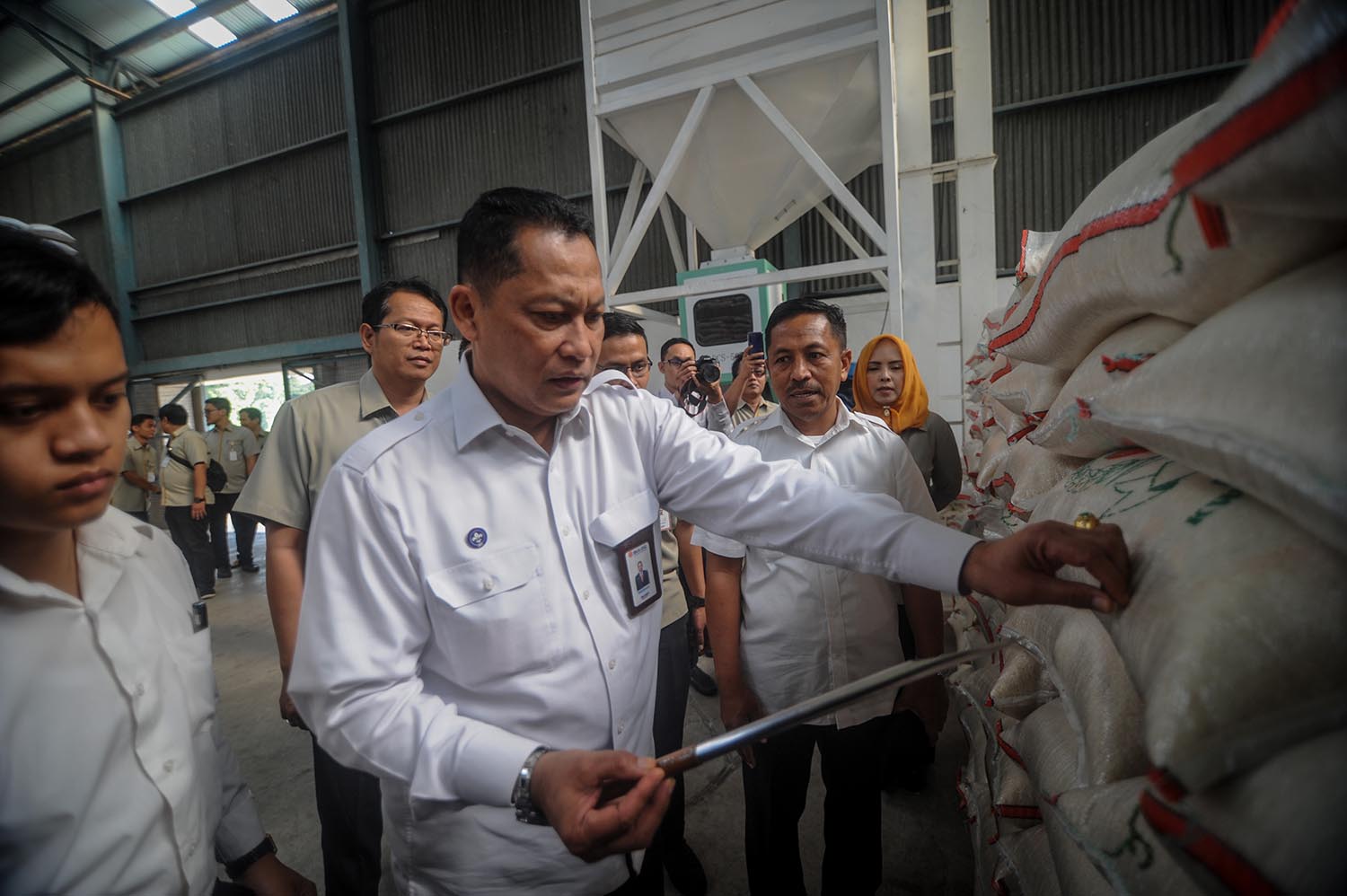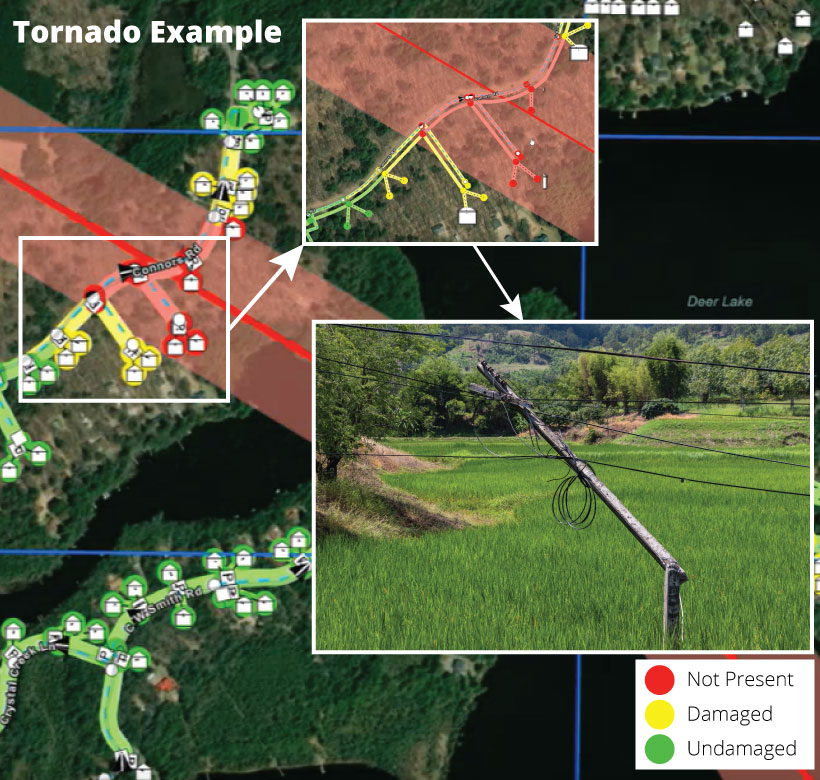Climate change and Indonesias food system resilience Biology Diagrams Abstract: The resilience of the food supply chain (FSC) to disruptions has not kept pace with the extended, globalised, and complex network of modern food chain. This study presents a holistic view of the FSC, including the dynamics among its components, and risks and vulnerabilities to disruptions, particularly natural disasters. Some of the greatest risks to FSCs are disasters (man-made or natural), and research has been conducted on FSC management in various disaster events [[4], [5], [6]].Nevertheless, the major FSC disruption caused by COVID-19 demonstrated that more challenges in FSC management in major disaster events exist because the vulnerabilities in FSC that were previously invisible or easily solved were The purpose of this research is to establish the necessary and sufficient conditions for food safety and security during pandemic outbreaks, focusing on the case of COVID-19 to ensure resilience of the food supply chain. The study emphasises on the complexity theory of fuzzy set Qualitative Comparative Analysis (fsQCA), to establish a result-driven definition of Industry 5.0 (I5.0) during and

consider the internal organisational and external supply chain risks, such as natural disasters, and the ability of an individual organisation or food supply chain to prepare, respond, and recover. An FSC is ready when protocols have clearly identified alternate suppliers, storage and appropriate stock levels. It responds by having a crisis Modern-Day Natural Disasters: COVID-19 and the Supply Chain. The same data can be used to handle hazards that affect people's well-being and, thus, the supply chain. Natural disasters aren't limited to storms and environmental shifts; biohazards are menacing, too. A good example of this is the COVID-19 pandemic. Purpose. Critical infrastructure (CI) plays an essential role in reading, reacting and responding while dealing with natural disasters. This study address food supply chain resilience by proposing an FSC resilience model that explains the food product and transport flow via production, processing, distribution and retailing in circumstances of (CI) collapses post a natural disaster.

Food Network Resilience Against Natural Disasters: A Conceptual ... Biology Diagrams
The food supply chain (FSC) is considered to be a critical infrastructure by all governments, and multiple strategies have been proposed to make FSCs more resilient towards disruptions. Natural disasters are major cause of supply chain disruptions which can result in major breakdowns of distribution links and production nodes, such as the Japanese Tsunami of 2011 and its effect of the global automotive industry (Handfield, Blackhurst, Elkins, & Craighead, 2007).Managing this rapidly changing risk landscape is challenging and it requires that firms, people, and supply chains

1. Introduction. Natural disasters such as tsunamis, firestorms, hurricanes and earthquakes are disruptive events that impact not only human lives but also the financial and natural resources of the affected community (Baker, 2009).Island territories are frequently impacted by such natural events, which contribute to food supply chain (FSC) disruptions, with dire consequences for the population.
